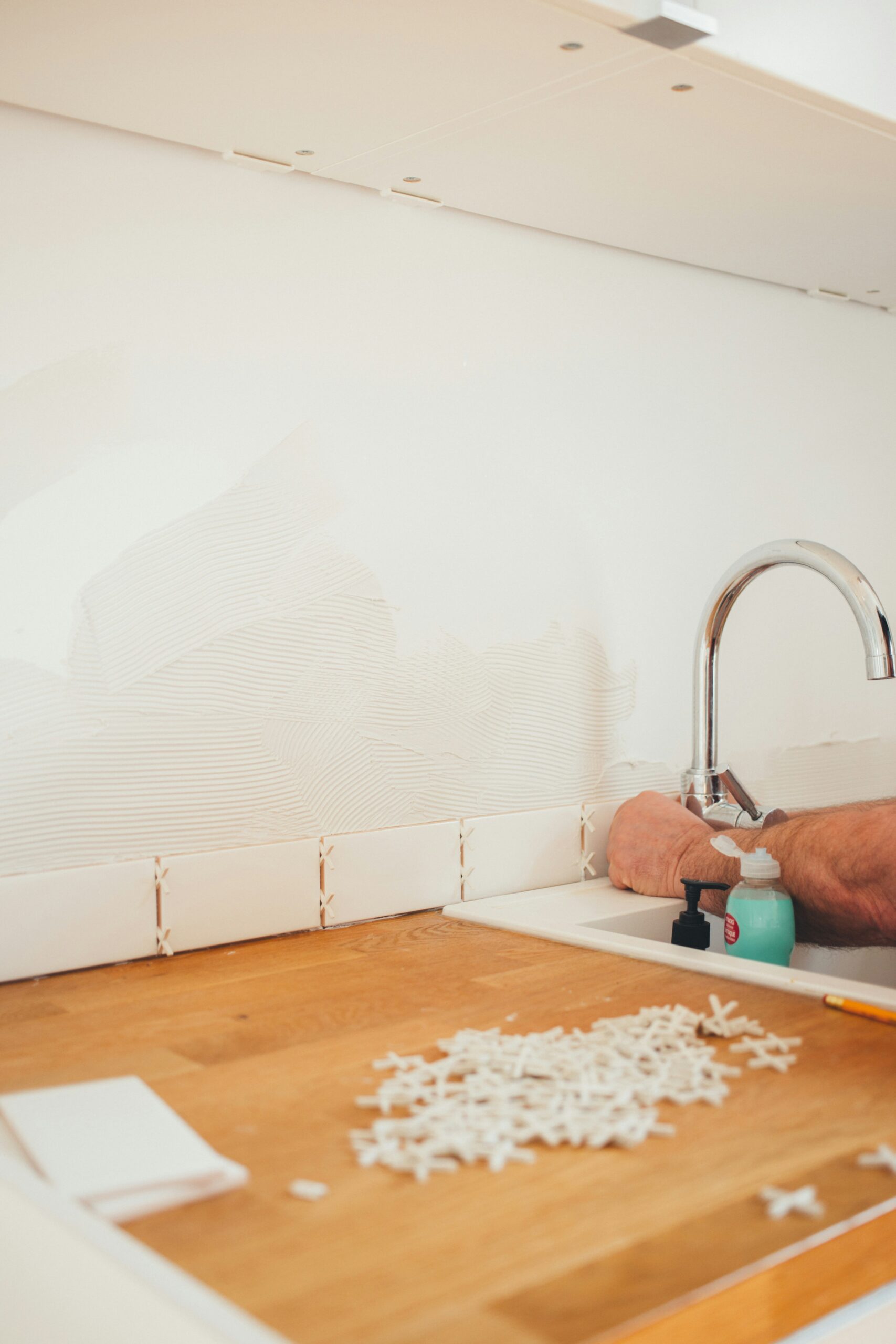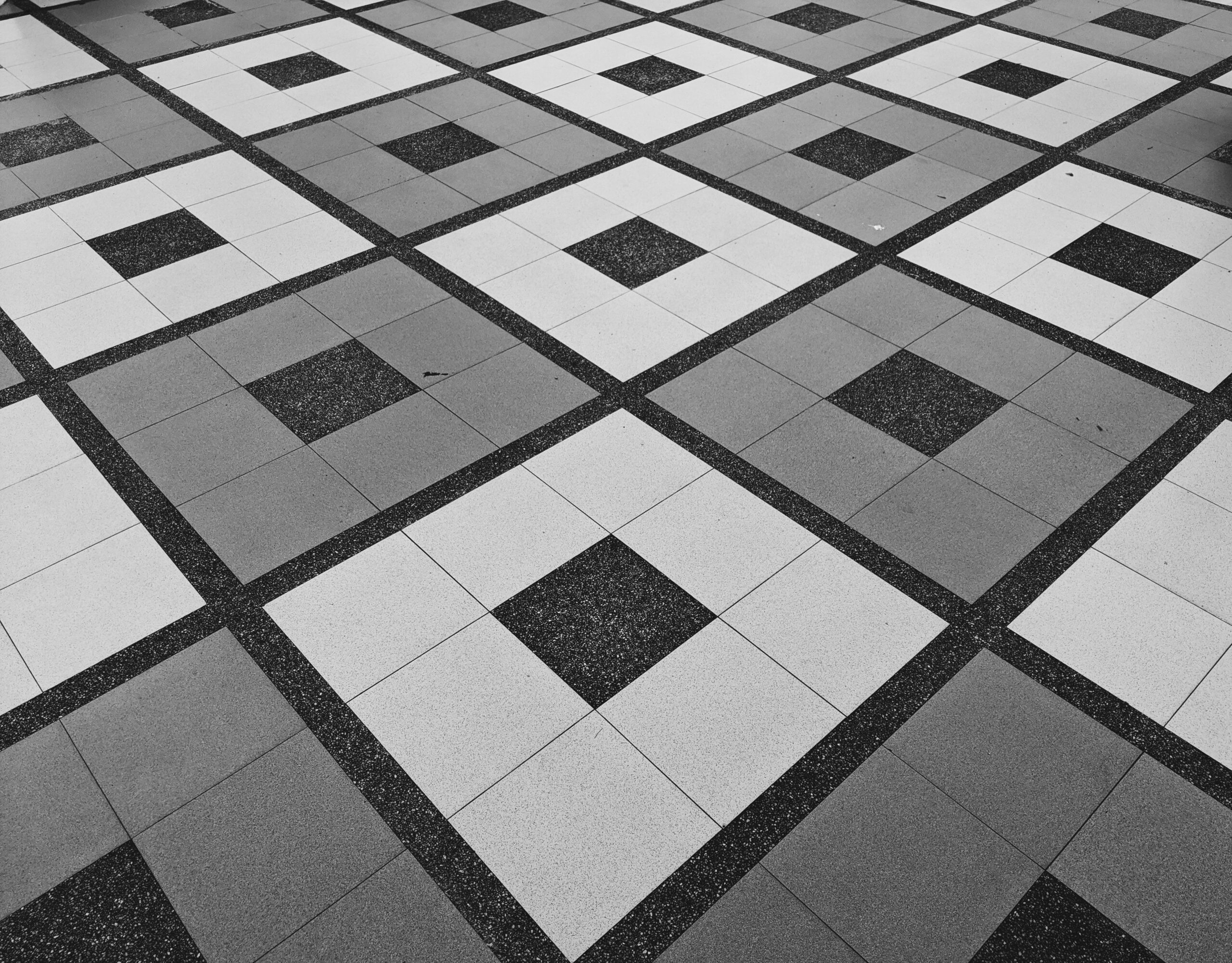
Introduction
Installing gypsum board for ceiling is a great way to enhance the aesthetic appeal and functionality of any space. Whether you are a DIY enthusiast or a professional contractor, proper installation is essential to ensure a durable and visually pleasing result. In this guide, we will walk you through the step-by-step process of installing gypsum board for ceiling.

Materials and Tools
Before you begin the installation process, gather the necessary materials and tools. Here’s a list of what you’ll need:
1. Gypsum board: Choose the appropriate size and thickness for your project.
2. Ceiling framing: Ensure that the framing is sturdy and properly installed.
3. Screws: Use screws specifically designed for gypsum board installation.
4. Screwdriver or drill: A power drill with a screwdriver bit will make the installation process faster and easier.
5. Measuring tape: Accurate measurements are crucial for a precise installation.
6. Utility knife: Use it to cut the gypsum board to the required size.
7. T-square or straightedge: These tools will help you achieve straight and even cuts.
8. Sandpaper: Use fine-grit sandpaper to smooth any rough edges.
9. Joint compound: This will be used to fill gaps and seams between gypsum board panels.
10. Drywall tape: Reinforce the joints between gypsum board panels with drywall tape.
11. Sanding block: Use it to achieve a smooth finish after applying joint compound.
12. Paint and brush/roller (optional): If you plan to paint the ceiling, have the necessary paint and tools ready.

Step 1: Prepare the Ceiling
Start by preparing the ceiling for the installation. Remove any existing ceiling materials, such as old tiles or plaster, and ensure that the ceiling framing is in good condition. Make any necessary repairs or reinforcements before proceeding.
Step 2: Measure and Cut Gypsum Board
Measure the dimensions of the ceiling and mark the measurements on the gypsum board. Use a T-square or straightedge to ensure straight and accurate lines. Once marked, use a utility knife to cut the gypsum board to the required size. Repeat this step for each panel you need to install.
Step 3: Install Gypsum Board
With the gypsum board panels cut to size, it’s time to install them. Start by positioning the first panel against the ceiling framing, ensuring that the edges are aligned correctly. Use screws to secure the panel to the framing, placing them about 12 inches apart along the edges and 16 inches apart in the field.
Continue installing the remaining panels, making sure to leave a small gap between each panel for expansion. Use a level to check that each panel is straight and adjust as necessary. Secure each panel with screws, ensuring a tight and secure fit.
Step 4: Fill Gaps and Seams
After all the gypsum board panels are installed, it’s time to fill gaps and seams. Apply joint compound to the gaps between panels, using a putty knife or trowel. Press drywall tape into the joint compound, ensuring that it covers the entire length of the gap. Smooth out any excess compound and let it dry according to the manufacturer’s instructions.
Step 5: Sand and Finish
Once the joint compound is dry, use a sanding block to smooth any rough edges or imperfections. Be careful not to sand too aggressively, as it may damage the gypsum board. After sanding, wipe away any dust with a damp cloth.
At this point, you can choose to paint the ceiling if desired. Apply a coat of primer, let it dry, and then apply the desired paint color using a brush or roller. Follow the manufacturer’s instructions for drying times between coats.
Video
Conclusion
Installing gypsum board for ceiling and floating ceiling tiles can transform any space, adding beauty and functionality. By following the step-by-step process outlined in this guide, you can ensure a proper installation that results in a durable and visually appealing ceiling. Remember to gather all the necessary materials and tools, take accurate measurements, and follow the manufacturer’s instructions for each product used. With a little patience and attention to detail, you’ll have a stunning ceiling that enhances the overall look of your space.
RELATED POSTS
View all

